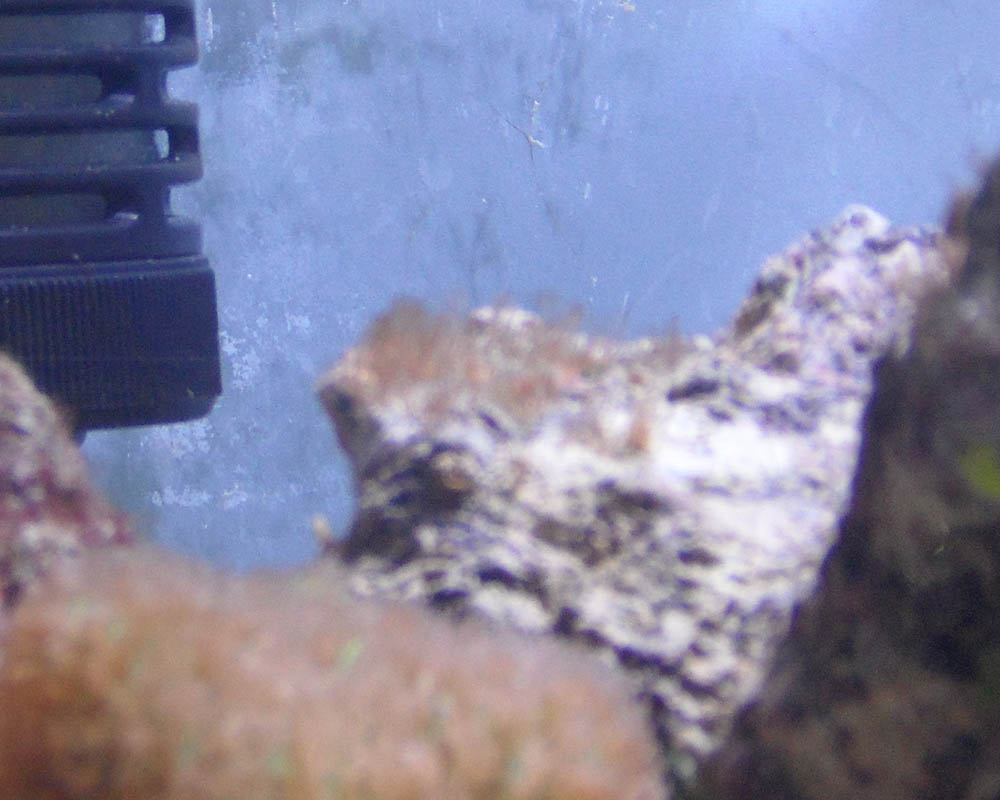Quote:
Originally Posted by
novahobbies http:///t/328894/red-hair-algae-on-new-snails#post_3488940
Seth, I have to disagree here. Dinoflagellates would not be difficult to blow off and suck up, neither would they leave a "spine" behind.
I hate to say, but this really looks like the beginnings of red turf algae. Best nip it in the bud. Mexican turbo snails may eat this...then again, they may not...it literally depends on the snail. I had a foxface that ate this down to a low lawn, but it wouldn't ever remove the algae entirely. It was a nightmare algae.
Absolutely correct, a type of gelidium, a type of "red turf algae". I know because I have it. If you look at some of the pics in my tank build thread you will see it. Highly invasive, recommended removal is manual with a dentist pick (really).
I bought a pair of medium sized Mexican Turbo Snails some months ago just to combat this stuff. They have done a wonderful job, I do not see it anywhere any more, but I know it is still in there. I will always have to have Mex Turbos from now
on to keep it in check.
If one small fiber of this stuff is in your tank, you have a big problem.
PS
Nothing beats reviving a 4 year old thread....










